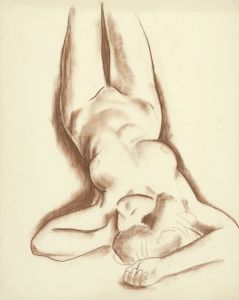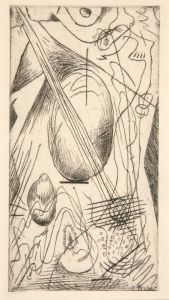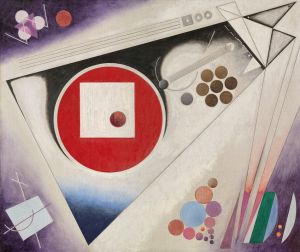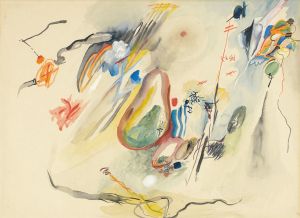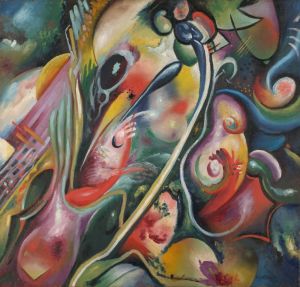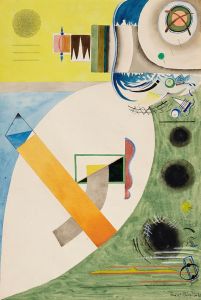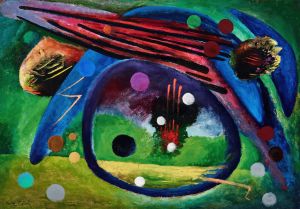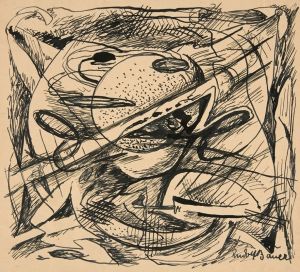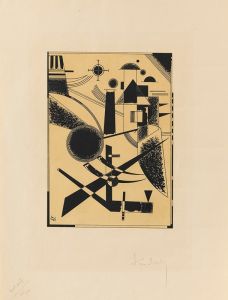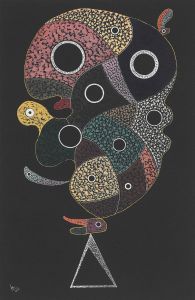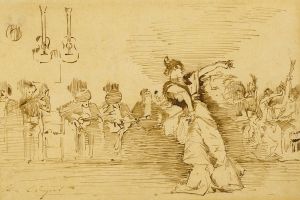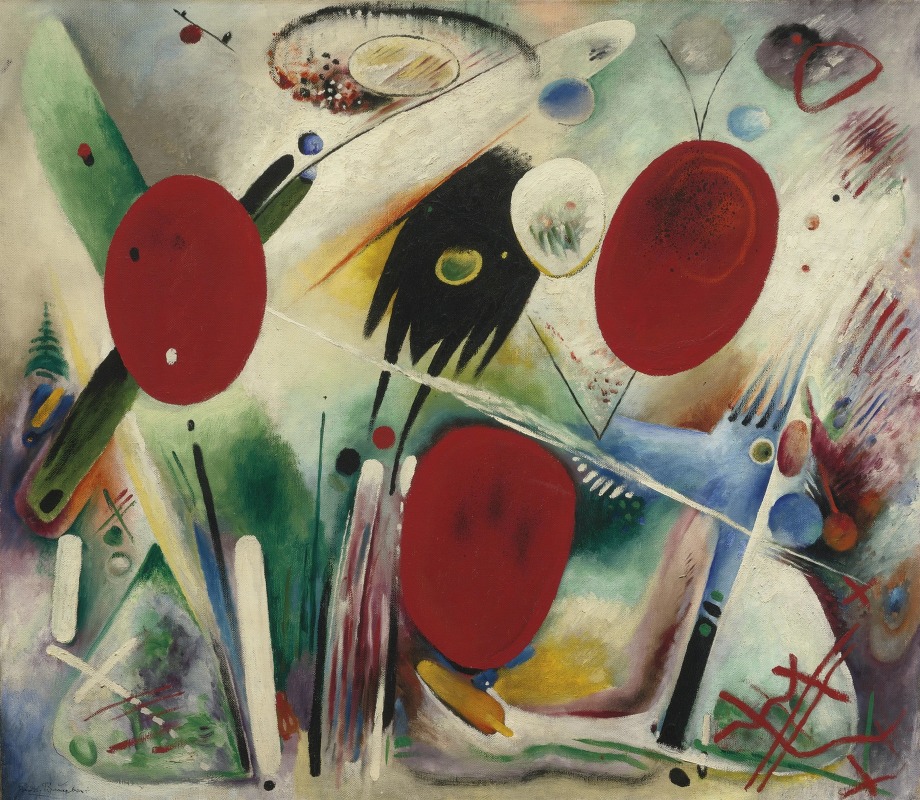
Symphony
A hand-painted replica of Rudolf Bauer’s masterpiece Symphony, meticulously crafted by professional artists to capture the true essence of the original. Each piece is created with museum-quality canvas and rare mineral pigments, carefully painted by experienced artists with delicate brushstrokes and rich, layered colors to perfectly recreate the texture of the original artwork. Unlike machine-printed reproductions, this hand-painted version brings the painting to life, infused with the artist’s emotions and skill in every stroke. Whether for personal collection or home decoration, it instantly elevates the artistic atmosphere of any space.
Rudolf Bauer was a German painter known for his contributions to the abstract art movement in the early 20th century. His work, "Symphony," is one of the notable pieces that reflect his unique style and artistic philosophy. Bauer was born on February 11, 1889, in Lindenwald, Germany, and he became a significant figure in the non-objective art movement, which emphasized abstract forms and colors over representational accuracy.
"Symphony" is an exemplary piece of Bauer's abstract work, showcasing his commitment to non-objective art. This painting is characterized by its vibrant use of color, geometric shapes, and dynamic composition, which together create a sense of rhythm and harmony akin to a musical symphony. Bauer's work often drew parallels between visual art and music, a concept that was popular among many abstract artists of his time, including Wassily Kandinsky.
Bauer's artistic journey was heavily influenced by his association with the German art dealer and collector Herwarth Walden, who was instrumental in promoting avant-garde art in Europe through his gallery, Der Sturm. Bauer's work was featured in several exhibitions at Der Sturm, which helped establish his reputation as a leading figure in abstract art.
In the 1920s, Bauer became associated with the Solomon R. Guggenheim Foundation. Guggenheim, an American art collector, was deeply interested in non-objective art and began collecting Bauer's works extensively. This relationship culminated in the establishment of the Museum of Non-Objective Painting in New York City in 1939, which later became the Solomon R. Guggenheim Museum. Bauer's "Symphony" and other works were part of this collection, highlighting his influence on the development of abstract art in America.
Bauer's career, however, was not without its challenges. During World War II, he was detained by the Nazis due to his art being labeled as "degenerate." Despite these hardships, Bauer continued to create art, although his relationship with the Guggenheim Foundation became strained over contractual disputes. This tension led to Bauer's eventual withdrawal from the art world, and he spent his later years in relative obscurity until his death on November 28, 1953.
"Symphony" remains a testament to Bauer's innovative spirit and his dedication to exploring the possibilities of abstract art. The painting exemplifies his belief in the spiritual and emotional power of art, free from the constraints of representational forms. Bauer's legacy is preserved through his contributions to the Guggenheim Museum and his influence on future generations of abstract artists.
Today, Bauer's work, including "Symphony," is appreciated for its historical significance and its role in the evolution of modern art. His paintings continue to be studied and exhibited, offering insight into the early 20th-century abstract art movement and its enduring impact on the art world.







